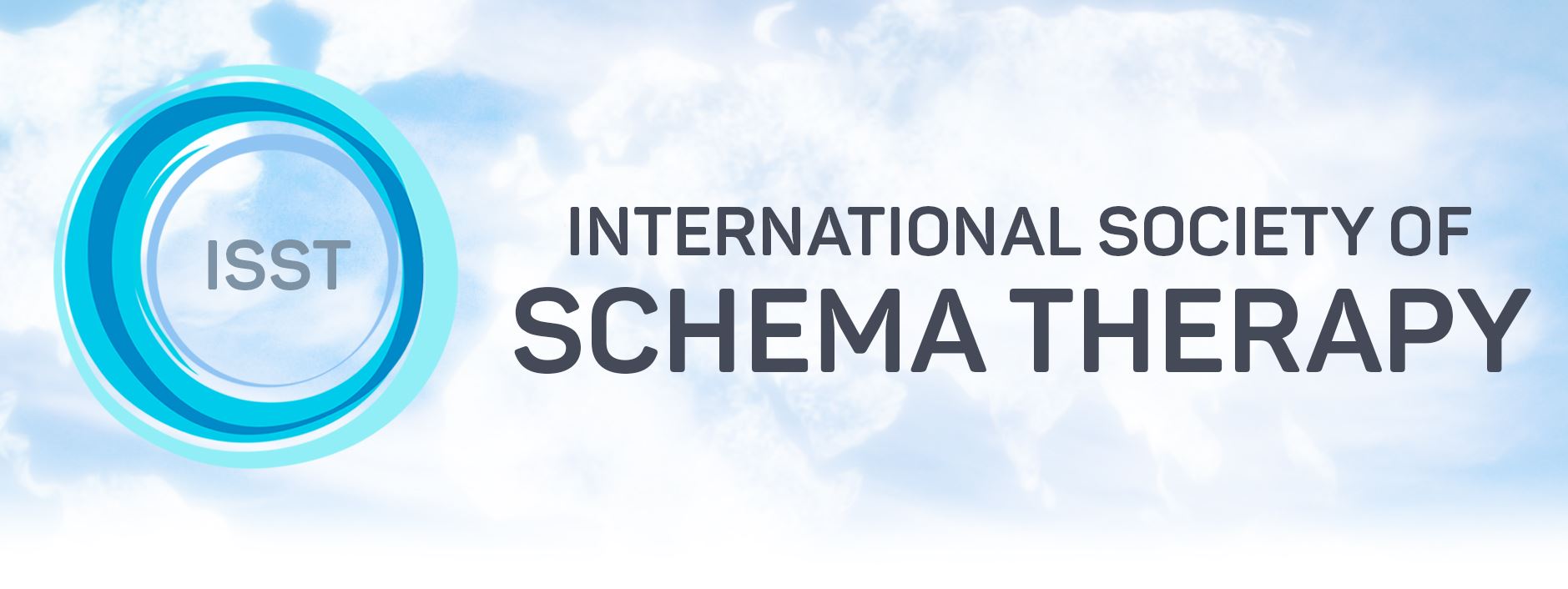- Home
- Resources
- Special Interest Groups
- Schema Couples Therapy
- How to submit your session recordings
|
HOW TO SUBMIT YOUR SESSION RECORDING(S) SCHEMA COUPLES THERAPY CERTIFICATION |
The rating of applicants’ session recordings is arranged by the ST-C Committee (there is more information about this below). You need to prepare the following for submission: I. Personal background information: Provide your name, level of requested certification (Standard, Advanced), age and a statement that you are certified as a schema therapist with the ISST, and/or have completed the workshop training and educational consultation requirements for the requested level of ST-C. II. Couples therapy session recording: Provide a recording (preferably video, but audio is acceptable) of a couples therapy session from your own practice of 45 to 60 minutes in length. This could be a whole session, or a segment from a session if the session is longer than 60 minutes. It is recommended that you choose a couple with whom you have had at least 6 sessions as the selected session needs to illustrate some of the processes that are distinctive to ST-C. For advanced level, your facility with a complex case (e.g. complex trauma, rigid personality traits, substance abuse, and/or a personality disorder) has to be demonstrated. In addition you will need to know the partners well enough to provide a case conceptualization (using the format described below). Choose a session that illustrates all or most of the following:
III. Background information about the couple: For each of the members of the couple, whose session you are submitting for evaluation, provide their name (first names are enough), age, marital status, education, occupation, DSM-5 or ICD-10 diagnoses, and evaluation of the overall level of functioning of each. IV. Case conceptualization: In order to contextualize the session, provide a case conceptualization that covers the following points:
V. Contextualization of the session: Write a few paragraphs in which you explain the process of the therapy so far, how this led to what is happening in the session you have chosen, how you understood what you were trying to facilitate during the course of the session and how this fits in with the goals for therapy as set out above. VI. Evaluation of the session: Evaluate the session in terms of how it went, the strong points in terms of how well you were able to work towards specific goals, the difficulties you encountered and your understanding of what this means for the therapy going forward. Once you have prepared these documents, submit them with the recording(s) to the Chairperson of the ST-C Committee. This position is currently held by Travis Atkinson EMAIL. Inform him by email of your intention to submit your session recording(s) for evaluation and he will discuss with you options for submitting the recording by mail or electronically. A charge is made for the evaluation of recordings (which would normally take the evaluator about 2 hours). Because of differences in currencies and exchanges rates, the charge varies depending on the country in which the applicant lives and works, and is negotiated between the applicant and the person assigned to do the rating. |
